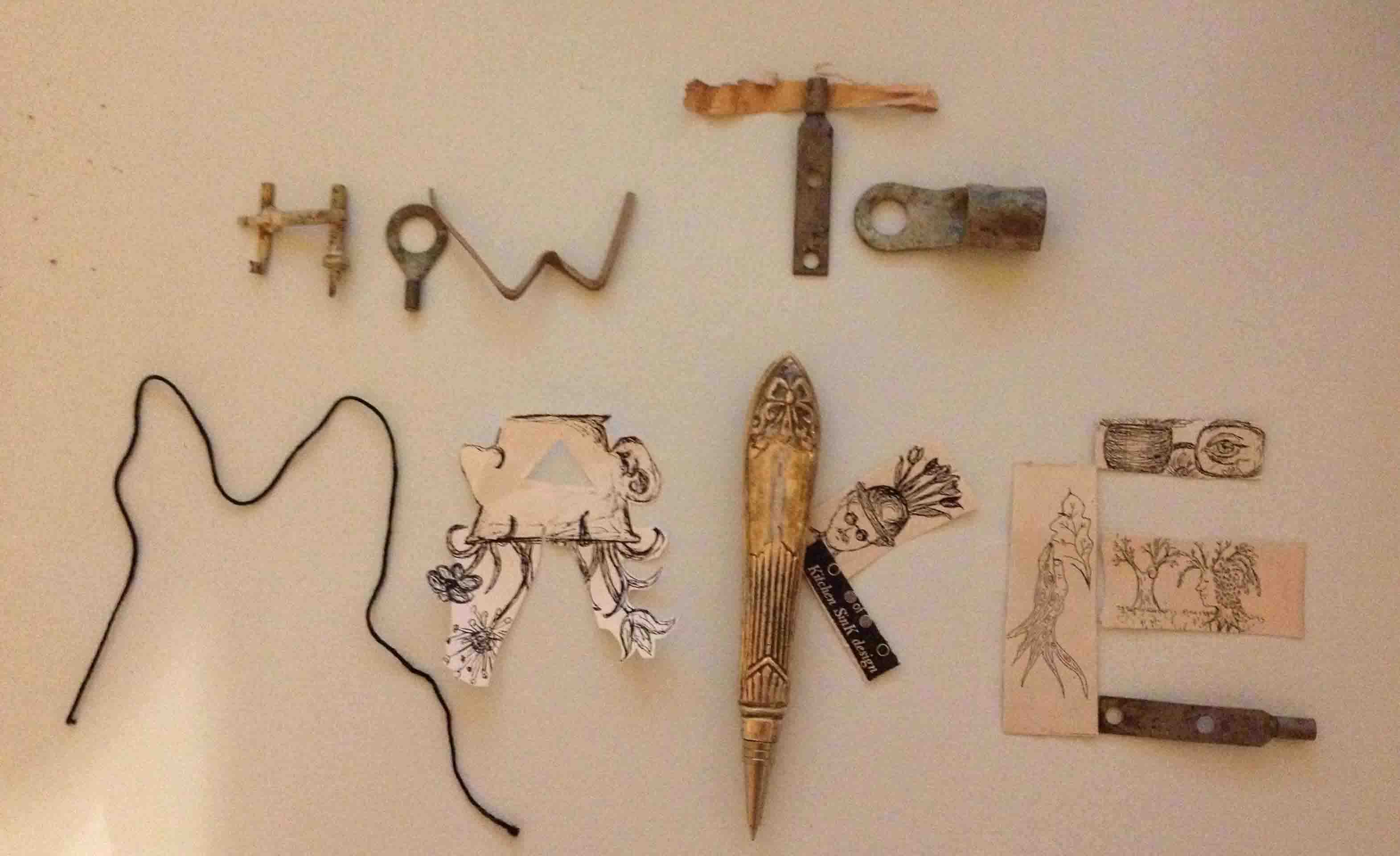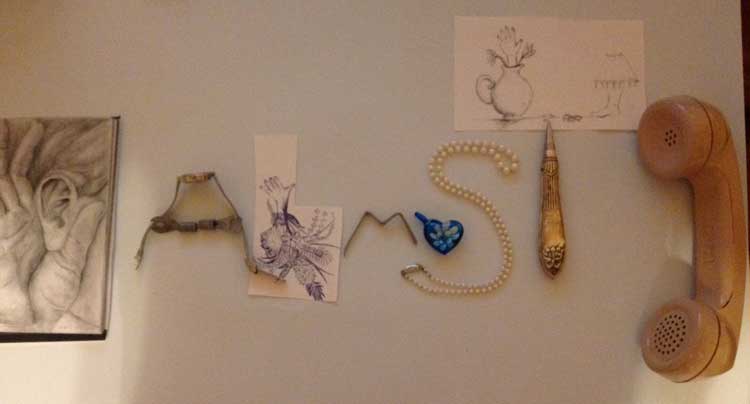






This week we are tasked with designing a 3d mold, machining it and casting parts from it. I've never done any of these things before so it should be a great learning experience.
Some ideas for this week are
My best friend loves chocolate labs, alas she cannot have one so the next best thing is an edible chocolate chocolate lab! I sculpted a substandard mini puppy in sculpey clay, whipped up a batch of instamold to mold the puppy, tempered a chocolate mix, poured it into the mold and extracted my chocolate squared lab. The first prototype is hideous and the original puppy's eyes and ears fell off when I was washing him and his tail got eaten by my real puppies so we'll have to go back to the drawing board with this one. I think broken heart chocolates would also be very fun too! The best way to mend a broken heart is with an empathic broken hearted chocolate!! I also created a broken heart sculpture in sculpey clay, baked it and threw it in instamold. It did not turn out. Will have to revisit this as well. I got a box of Instamold from the shop and decided to try it for items that would be harder to model in Solidworks. I read the instructions and watched a tutorial online located here: seemed easy enough!
gather all of your materials:

You will need:
Put your object to be cast in your tupperware container measure the amount of water you think you'll need to cover your object pour the water over your object Instamold requires 2 parts water to 1 part instamold. So if 6 ounces of water covers your object nicely you'd use 2 ounces of instamold and 4 ounces of water. Measure the amount of water you'll need and place in a mixing bowl
measure the amount of instamold you need sift instamold into a separate mixing bowl
with a wire whisk slowly mix the instamold into the water move the whisk in a back and forth motion at the base of the bowl to try and avoid air bubbles. This should take 30-90 seconds. The mixture should be cloudy with no lumps.
pour the mixture into the the tupperware. Pour from a height to reduce air bubbles and tap on side of container several times to get rid of air bubbles. Place your objects inside the mixture. Wait 2-10 minutes until your mixture is springy and spongy- the consistency of bread pudding.

Remove objects and prepare your resin, chocolate, etc to fill your mold. I choose chocolate. My friend Mary Anne has a great recipe for an easy chocolate dip I wanted to try here:
It is 1 part chocolate to 1 part butter, or coconut oil. I used canola oil and I would not use it again it didn't harden well. Enjoy your leftovers








I designed my part in Solidworks, adding registration holes on one side and pins on the other and a fill channel on each side. I created a fill tube on both sides of the design which was wrong because material would have oozed out. I also created a deep box relative to the part.
add solidworks original design here
Took my design to the lab to mill on the milling machine and it took awhile to get teh machine zeroed and setup properly. When everything was set up I used fab modules and they told me it would be 2 hours for the rough pass. I waited and worked on my webpage. It actually took closer to 3.5 hours and then when the milling of my part started the top of the bit started to hit the edge of the box and move around the wax. I paused teh modela and hotglued my wax block down. My part was too deep and was hitting the limits of the drill bit. I did not realize this unil the wax block got moved around and ruined my part. Many many hours wasted. Note: Do NOT design your part too deep in your box so that your drill bit will get stuck on the material.



I only had the back of my waxblock left and a pretty deep portion of it had been milled away so I redesigned my part completely in Solidworks keeping in mind the dimensions of my remaining material. I made sure my box around my part was not so much taller than my part and I created a circular box around the part to save milling time. I also corrected my fill hole to be on one side only and the same on both sides and added finer features to my wheel to make it more "all terrain"
add solidworks modified design here
Add part drawing here Dave wrote the code to machine my part. To do that on the 3 axis CNC machine he needed a detailed drawing with all of the dimensions labeled. I used the Drawing feature in SolidWorks which I'd not used before and added explicit dimensions to my part. It was really fun working with Dave to see what machinists need to create an accurate part and what the limitations of the machine code and the machine are.
Use fun trig functions buried deep in the recesses of your brain to find angles and offsets to machine the part There were a few dimensions on the parts drawing that Solidworks would not give me so I used trig functions to figure out angular offsets relative to the center of the part. Add equations used here


We then worked together to machine the part on the large 3 axis CNC milling machine. Dave wrote a program to create the toolpaths for the part. He showed me each step of the process and I helped modify some aspects of the machine code when we wanted to shave off a smidge of wax in one corner. It was Dave's idea to add pins as registration points and we pressed them into the wax using the CNC milling machine. This worked beautifully to create registration holes in the silicon molds. I also got to see some part measurement tools and registration tools to realign the machine when we wanted to drill holes.

I mixed equal parts OoMoo together in plastic cups and filled all of my molds. I had the acrylic, 3-D printed, and machined wax molds so I figured I'd try to fill them all. I ran out of material and my second batch of OoMoo mixture was much better because there were no air bubbles in my later molds. When filling the first mold with water to see how much OoMoo I needed to use I failed to sufficiently dry all of the water from the mold before pouring in OoMoo which kept some of my registration pins from showing up.



If you make a kink in your plastic cup and pour from a height you can reduce/limit air bubbles.

Here is a 3-D printed mold, the silicon mold and the subsequent part. The raster scan lines from the 3-D printer are visible making the part easily identifiable. This could be post-processed with sandpaper.

Here is a part resulting from a bad registration. Also note the air bubbles in the mold contribute to the bumps in the part. Take care when preparing your mold and registering!
This is a fantastic and fun material to work with. To use mix equal parts purple and white silicon putty and cover an object of your choice first with a light skim coat and then with a thicker coat. Wait 25 minutes and demold.

I know I sound like an infomercial here but it is just Easy. Much easier and more effective than instamold.

Here's a mold of a beautiful antique doorknob I'd like to replicate.

Here's a mold of part of an intricate sea creature I have laying around the house.

Soon I was having fun using this to cover many surfaces in the house. Here is part of an antique lion glass shade from a wall sconce.
I tried the chocolate lab and broken heart chocolate in easy mold instead. They turned out much better.

To create a Chocolate squared Lab: First, sculpt a small dog in the clay of your choice. Sculpey is what I used.

Grab your easy mold. It looks like this. Mix equal parts of each putty. I rolled two roughly equal sized balls and then kneaded them together until they were uniform in color.


Apply a light layer over your part. Apply another thin coat over your skim coat..

Wait 25 minutes then remove your original piece from your silicon mold.

Fill your mold with your medium of choice. I chose a heated mixture of equal parts chocolate and coconut oil.

Demold and enjoy. It is a dog eat dog world out there so better eat them fast! I demolded too quickly and broke parts of the puppy and my son was insistently asking for the puppy cookie so it didn't last long.
There is nothing better for a broken heart than a broken chocolate heart that knows exactly what you're going through!



Create your heart in sculpey and bake it. You now have a hardened broken heart. Mix equal parts easy mold putty A and B and apply to your heart. Wait 25 minutes and demold.

This is where the healing begins. Temper your chocolate mixture. Fill your broken heart with tasty chocolatey goodness. Wait for it to harden. Eat the leftovers.



The broken heart will melt in your mouth and re form to be a better stronger heart.You could share half of your broken heart with a friend or loved one. Shared chocolate is pure joy.




Copyright 2013 Kathy Sinclair